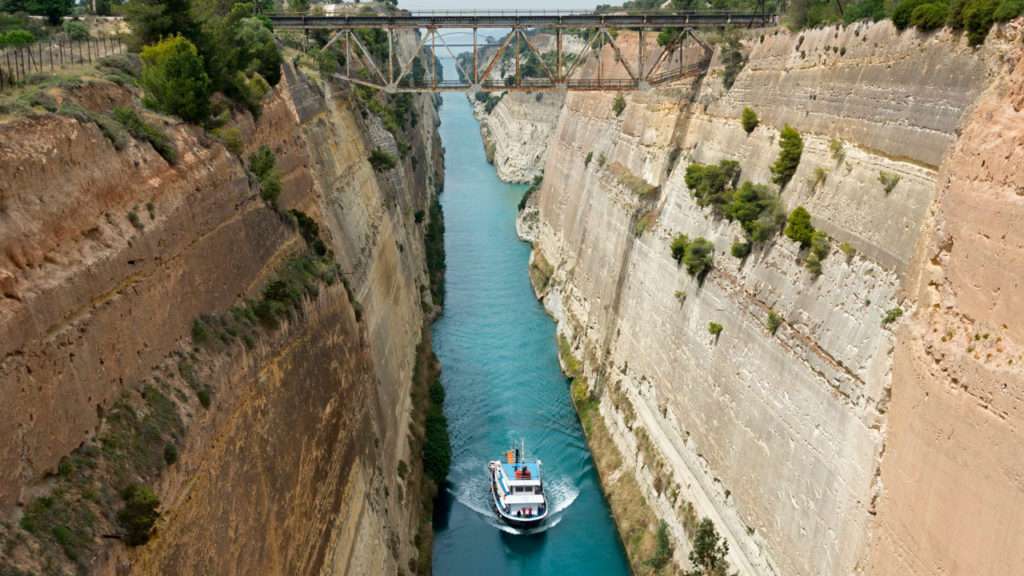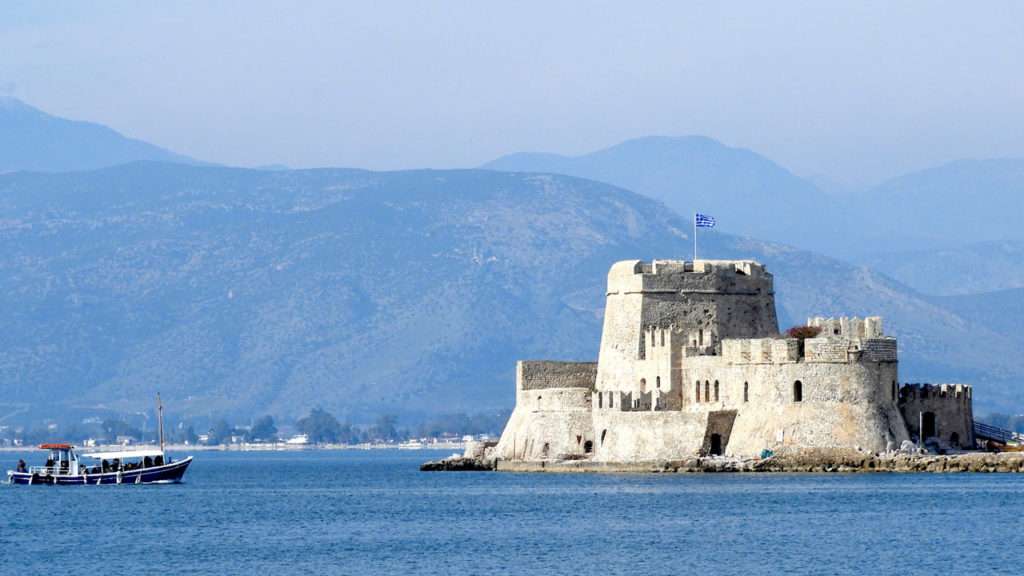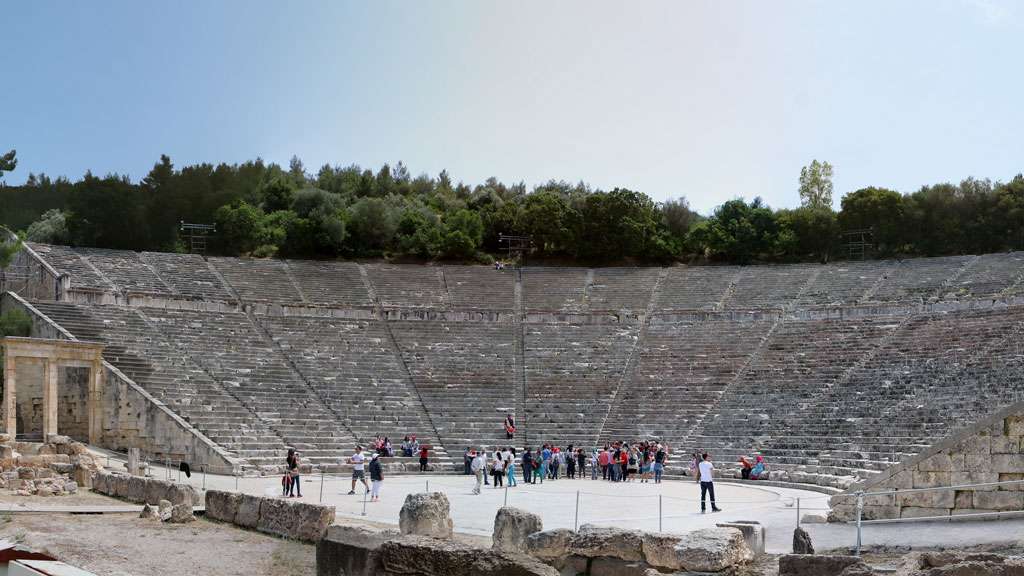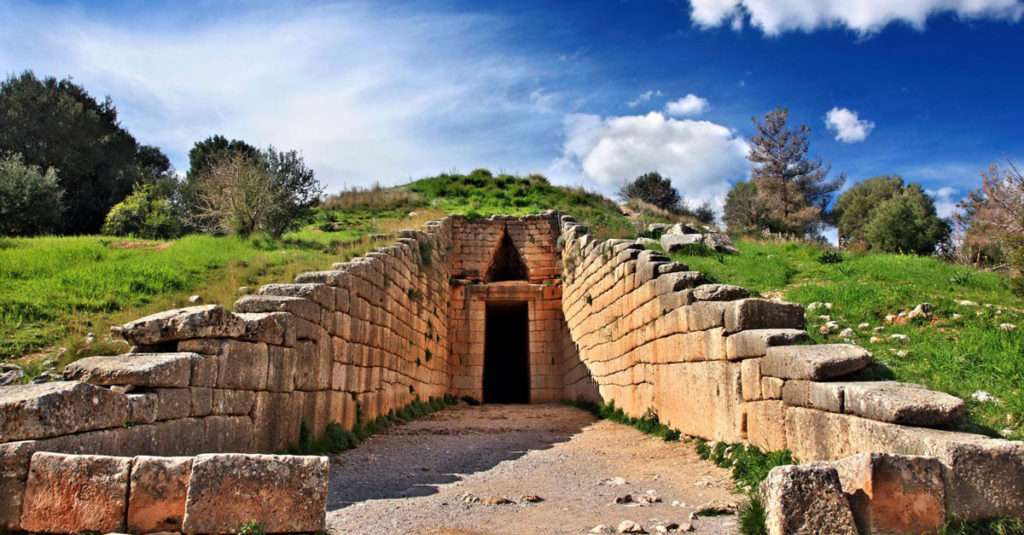Enjoy a full-day tour (8-10 hours) to the Argolis Peninsula, an area full of important historical sites. Leave by the coastal road along the Saronic Gulf, enjoying a splendid view of the small islands and the countryside on the way. The first shortstop will be at the Corinth Canal. With 6.4 kilometers (4 miles) length, it connects the Aegean Sea with the Ionian Sea and separates the Peloponnese from the Greek mainland.

Drive to Mycenae, the Homeric city of king Agamemnon, the city “rich in gold” as the ancient poets called it. The Acropolis of Mycenae was built on a hill, overlooking the fertile plain of Argos and the sea and it was protected by its huge Cyclopean Walls. The famous Lions Gate was the main entrance of the fortified area, and through a paved ramp led to the Royal Palace built on the top of the hill. Very near to the Acropolis, lies the impressive beehive tomb, known as the Treasury of Atreas or Tomb of Agamemnon. Constructed during the Bronze Age (around 1250 BC.) The stone lintel above the doorway weighs 120 tons, the largest in the world.

Leaving Mycenae, drive to the picturesque city of Nafplion where you can have lunch by the seaside. The town was the capital of the First Hellenic Republic from the start of the Greek Revolution in 1821 until 1834. The city lies under two castles. The Castle of Palamide, built by the Venetians, and the smaller Castle of Acronafplia which has walls dating from pre-classical times but subsequently, Byzantines, Franks, Venetians, and Turks added to the fortification. At the entrance of the harbor, a fort called Bourtzi was also constructed by the Venetians in 1473 and it was designed to fit a small island’s narrow shape.

After Nafplion, we drive to Epidaurus, known for the most famous healing center of the Classical world, the place where ill people went in the hope of being cured. It was dedicated to Asclepius, the most important healer god of antiquity, and a lot of ancient medical instruments are displayed at the Epidaurus Museum. During the 4th century BC. a theater was constructed which can sit up to 14,000 people. The theatre is admired for its exceptional acoustics which permits almost perfect intelligibility of unamplified spoken words from the stage to all 14,000 spectators, regardless of their seating.
It has reached our days almost intact. It’s still in use today and hosts theatrical plays, mostly ancient Greek tragedies and comedies, during the summer Epidaurus festival. It is considered a great honor for an actor to perform in Epidaurus as a recognition of his talent. Return to Athens by the National Road connecting Epidauros with Corinth.

